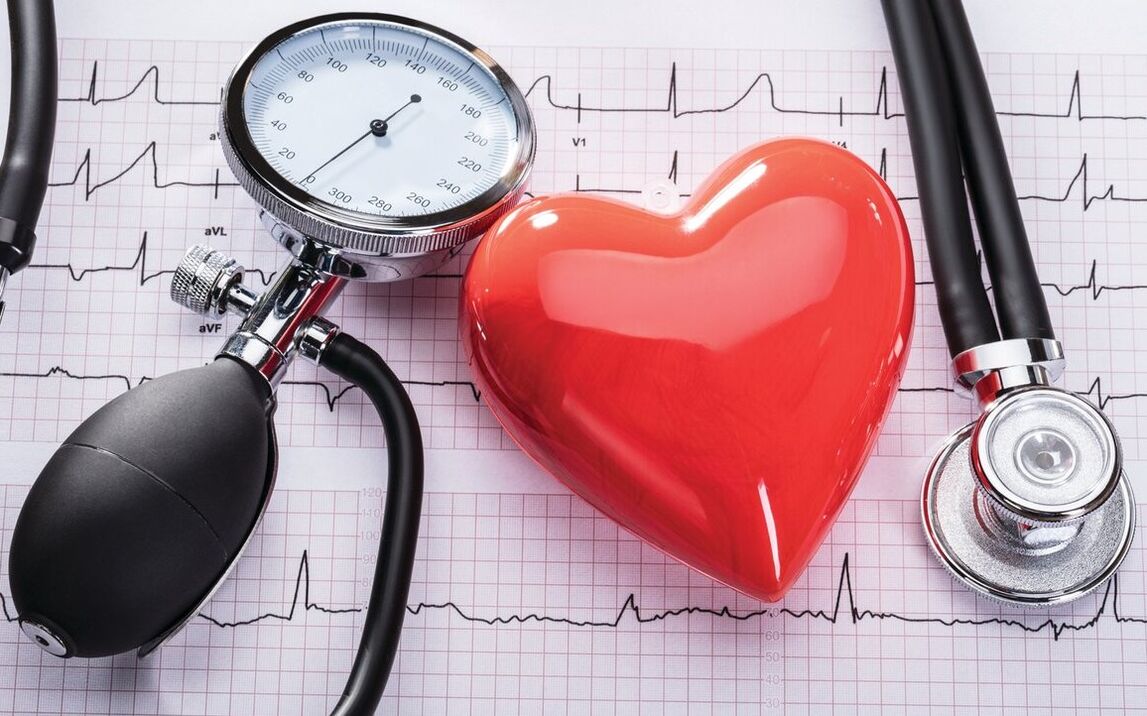
Arterial hypertension (high blood pressure) is widespread throughout the world. In our country, 40% of the adult population has high blood pressure, and only 21% is effectively treated.
Hypertension, essential hypertension, arterial hypertension or arterial hypertension?
Previously, the term hypertension was used in our country. For some time, in accordance with the criteria of the World Health Organization (WHO), the term arterial hypertension or arterial hypertension has been used.
What is hypertension?
You can be said to have arterial hypertension if your doctor registers an increase in blood pressure during at least 3 control blood pressure measurements.
Normally, pressure numbers can vary depending on a person's condition: increase during physical or psycho-emotional stress, decrease during sleep. However, the pressure returns to normal figures of 100/60 to 140/90.
Symptoms of hypertension
The main symptom of hypertension is headache. This happens due to narrowing and spasm of the blood vessels in the brain. Also common symptoms of hypertension:
- Tinnitus
- Flying "flies" and a veil before the eyes
- General weakness
- Sleep disorder
- Vertigo
- A feeling of heaviness in the head
- Palpitations
Such symptoms appear in the early stages of hypertension and are neurotic in nature. In the later stages of hypertension, heart failure can occur due to constant overload of the heart muscle due to high blood pressure.
Due to the progression of the disease process, there may be a decrease in visual acuity, damage to blood vessels in the brain due to high blood pressure, which in some cases can lead to paralysis, a decrease in the sensitivity of the limbs, which is caused by vasospasm, bleeding or thrombosis.
Causes of hypertension
If the cause of the increase in blood pressure is not determined, it is called primary (essential) hypertension, i. e. essential hypertension. The following play a role in its development:
- Hereditary predisposition
- Chronic stress
- The amount of salt used
- Low physical activity etc.
- In women, the cause of hypertension can be the period of body restructuring during menopause.
The underlying cause is difficult to determine in any given case because most people diagnosed with hypertension are exposed to multiple risk factors that contribute to high blood pressure.
Up to 5% of arterial hypertension is secondary (symptomatic), i. e. caused by certain causes. Most often, kidney pathology, endocrine pathology or abnormalities of large blood vessels lead to an increase in blood pressure.
Examination of patients aims to rule out secondary causes of high blood pressure, because sometimes these causes can be eliminated or require specific treatment.
In addition, the examination clarifies changes in organs and systems caused by arterial hypertension itself. High blood pressure leads to changes in the heart, kidneys, brain vessels and fundus vessels. Such inspection must be performed regularly, at least once a year.
The level of arterial hypertension and target organ damage determine the risk of developing cardiovascular complications. Depending on the degree of risk, treatment tactics are determined: from lifestyle changes, diet and weight loss to the immediate start of drug therapy.
It is important to monitor blood pressure not only when visiting a doctor, but also independently.
How to measure pressure?
How to measure blood pressure:
- Blood pressure should be measured at rest, after a 5-minute rest, while sitting
- The cuff of the tonometer should be at the level of the heart, its lower edge 2 cm above the elbow
- Blood pressure should be measured every day and recorded in a blood pressure diary.
Treatment of hypertension
A blood pressure control program consists of lifestyle changes and drug therapy. Changing your lifestyle includes:
- Regular physical activity up to 30 minutes a day
- Low calorie diet and weight loss
- Reducing salt intake
- Limiting alcohol consumption
- Reducing the intake of saturated fatty acids and foods rich in cholesterol
- Increasing fruit consumption
- Quitting smoking
Drug therapy is prescribed immediately if the blood pressure level is high. Most patients need to take 2 or more drugs.
Treatment of patients with arterial hypertension is carried out continuously, because its cancellation will again lead to an increase in blood pressure.























